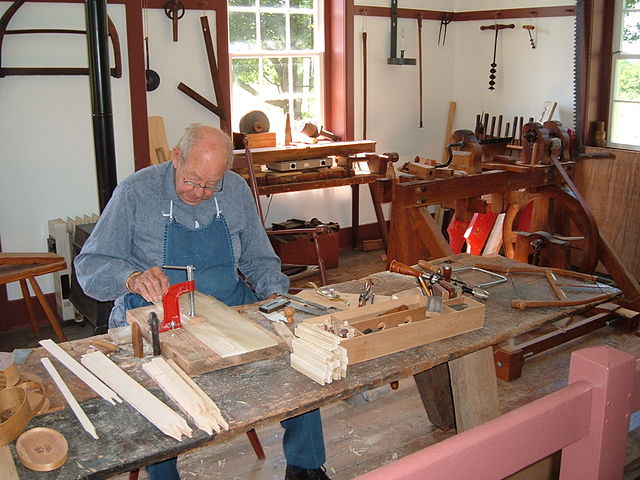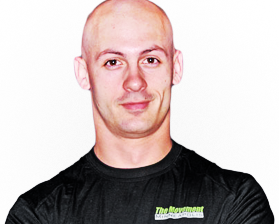
Every group has their own culture, and with their culture a language.
At The Movement Minneapolis you’ll hear people talking about how something “tested well”, referring to biofeedback, a phase that would make no sense to an outsider but encompasses the core of the culture and philosophy.
When I go skydiving there is a whole bunch of lingo that makes no sense to outsiders: talk of wuffos (non-skydivers), loads, manifesting, taking docks and so on. Some of it is procedural, but much of it bonds us together.
At my maker space (think of it like a gym for people who want to make things instead of make muscles – it’s a warehouse filled with woodworking tools, metalworking equipment, welders, 3D printers, and on and on) there is a particular phrase that I love, and you hear it all the time, multiple times per day around the various workspaces:
“What are you working on?”
You look up from your project to notice someone looking over your shoulder investigating what you’re doing. It reflects a shared interest and curiosity. Everyone is there because they want to be, working on something they’re interested in.
One person is working on machining a part for his airplane, another is building a massive elaborate desk and wall cabinet for his home, yet another is building a cafe racer out of an old motorcycle, and I’m making a little piece of metal art to practice TIG welding.
And everyone has the potential to learn something from someone else, or maybe spark curiosity in a new project or skill.
So what are you working on? (Movement-based, or otherwise)
I’d love to hear about it. And if there’s any way I can help let me know, I’d be happy to.
And if you aren’t working on anything, shouldn’t you start?


